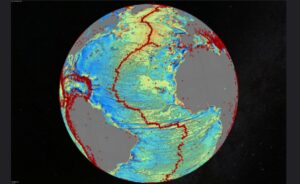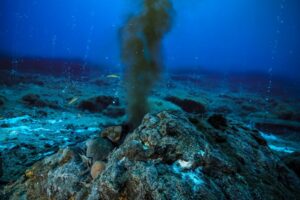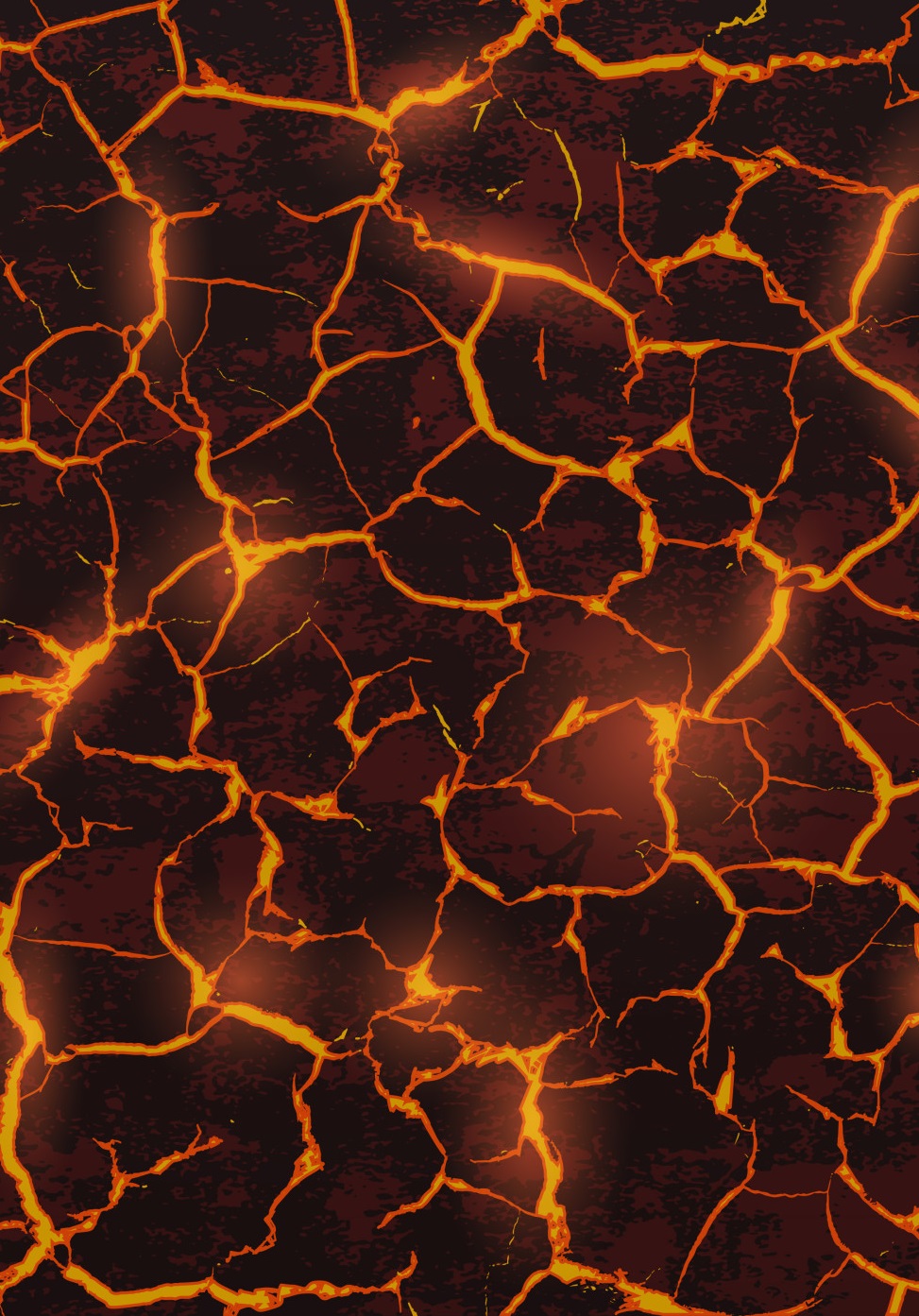Scientists Discover 10,000+ Underwater Volcanoes, Unveiling a Spectacular World Beneath.
Scientists have discovered over 19,000 new underwater volcanoes across the ocean floor using radar satellite data. The study suggests that there could be over a million underwater volcanoes across the sea floor, but only 20% of the seafloor has been mapped by ships. The discovery of these seamounts can assist with sea mining efforts and bettering submarine pathways.
Introduction
The world beneath the oceans is still relatively unexplored, and scientists have been discovering new and amazing things on a regular basis. Recently, scientists discovered that there are over 10,000 underwater volcanoes located throughout the world’s oceans. This discovery has unveiled a spectacular world that was previously unknown and has shed light on the immense power of the earth’s geology.
The Discovery

Scientists from the University of Sydney and the California Institute of Technology used satellite data to map the ocean floor and identify the locations of underwater volcanoes. They found that there are over 10,000 of these volcanoes spread throughout the world’s oceans, many of which were previously unknown.
The Importance of Underwater Volcanoes

Underwater volcanoes play an important role in the earth’s geology. They release magma, ash, and gas into the ocean, which can affect the chemistry of the water and create new land masses. Additionally, underwater volcanoes are often associated with hydrothermal vents, which support unique ecosystems that are not found anywhere else on earth.
The Formation of Underwater Volcanoes
Underwater volcanoes are formed in much the same way as land-based volcanoes. Magma rises from the mantle and is forced up through the crust, creating a vent through which it can escape. However, underwater volcanoes can also be formed at the boundary between two tectonic plates, where one plate is being subducted beneath another.
The Size of Underwater Volcanoes
Underwater volcanoes can range in size from small cones to massive mountains. The largest known underwater volcano is Tamu Massif, which is located off the coast of Japan and is larger than the state of New Mexico.
The Dangers of Underwater Volcanoes
While underwater volcanoes are fascinating to study, they can also pose a danger to humans and marine life. The release of gas and ash can create hazardous conditions for ships and airplanes, and the formation of new land masses can alter ocean currents and affect the climate.
The Impact on Climate Change
Underwater volcanoes can also have an impact on climate change. The release of carbon dioxide and other greenhouse gases from underwater volcanoes can contribute to global warming. However, some scientists believe that the formation of new land masses and the creation of hydrothermal vents can also sequester carbon dioxide, mitigating the effects of global warming.
The Exploration of Underwater Volcanoes
The discovery of over 10,000 underwater volcanoes has opened up new opportunities for exploration and research. Scientists are now able to study the unique ecosystems that exist around hydrothermal vents and investigate the chemistry of the water around underwater volcanoes.
The Use of Underwater Volcanoes
Underwater volcanoes may also have practical uses. For example, the heat generated by hydrothermal vents can be harnessed to produce electricity. Additionally, the minerals that are released from underwater volcanoes can be mined for use in various industries.
The Future of Underwater Volcano Research
The discovery of over 10,000 underwater volcanoes is just the beginning of our understanding of this fascinating area of the earth’s geology. Future research will likely focus on the effects of underwater volcanoes on the ocean environment and climate, as well as the potential uses of these unique features.
The Need for Conservation
As with any area of the earth’s environment, it is important to ensure that underwater volcanoes are
Also read this post for more updates: Why Northern Lights aurora borealis shifted in the United States: A Natural Phenomenon Explained
Blue Origin Joins NASA for Space Tech Collaboration Round 2
Mars 1st Seismic Waves Confirm Liquid Core Existence
Bed Bath & Beyond filed for bankruptcy
How AI Accidents Could Skyrocket in 2023
FAQ
What is the population of the United States?
A: About 331 million people.
What is the capital of the United States?
A: Washington, D.C.
What is the official language of the United States?
A: There is no official language, but English is the most commonly spoken.
What is the currency of the United States?
A: The US dollar.
What is the system of government in the United States?
A: A federal presidential constitutional republic.
What are some of the major industries in the United States?
A: Technology, finance, healthcare, energy, and agriculture.
